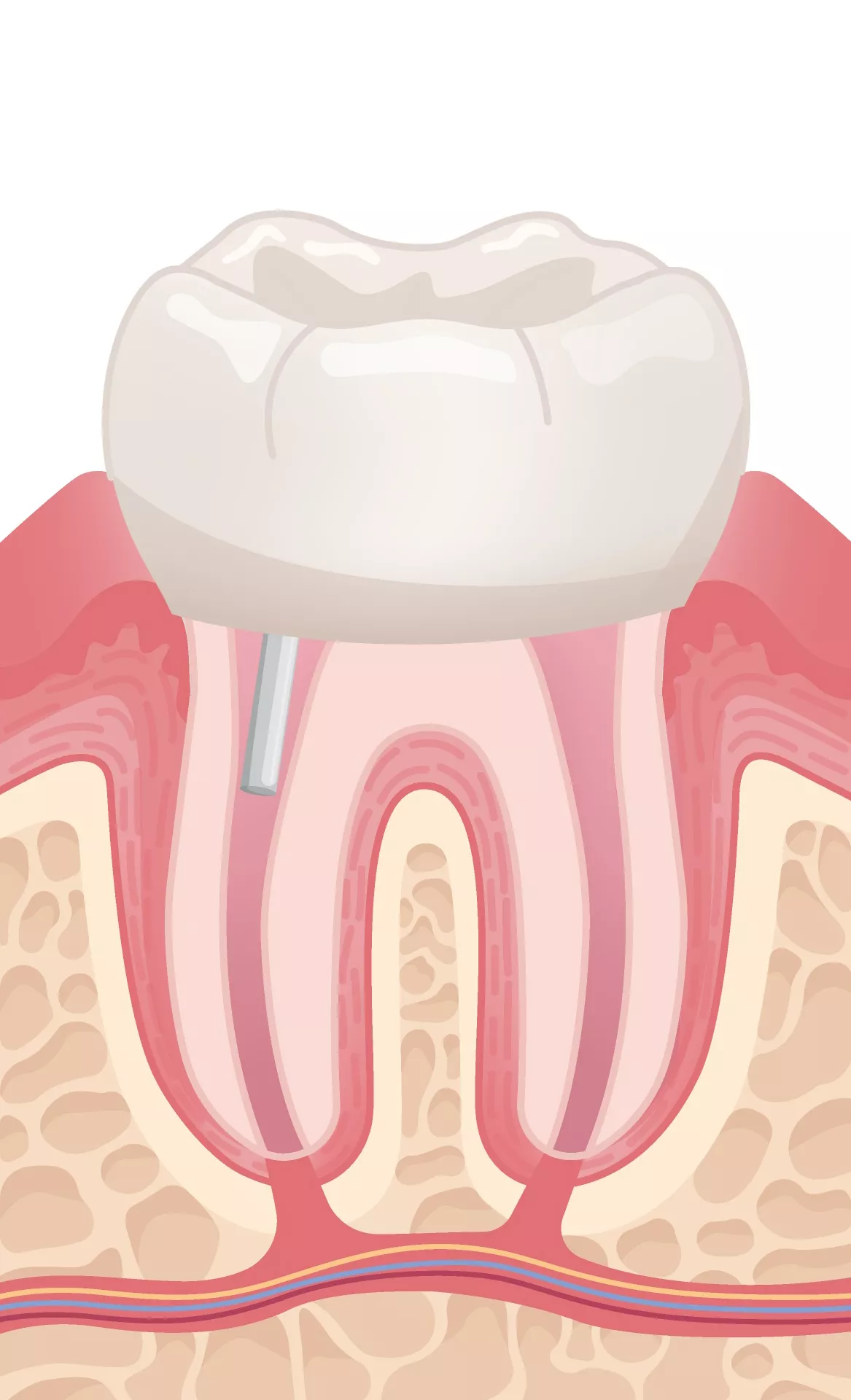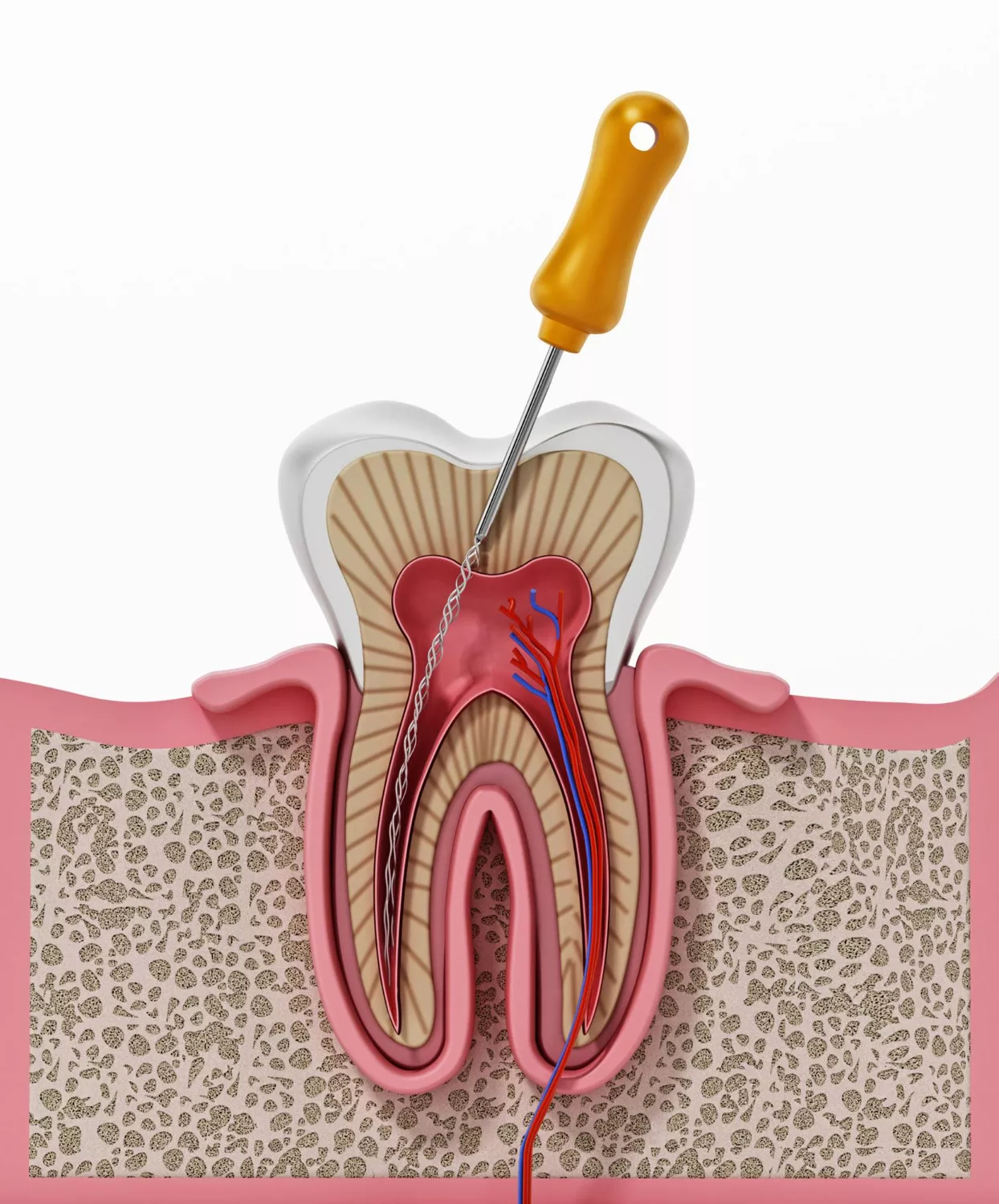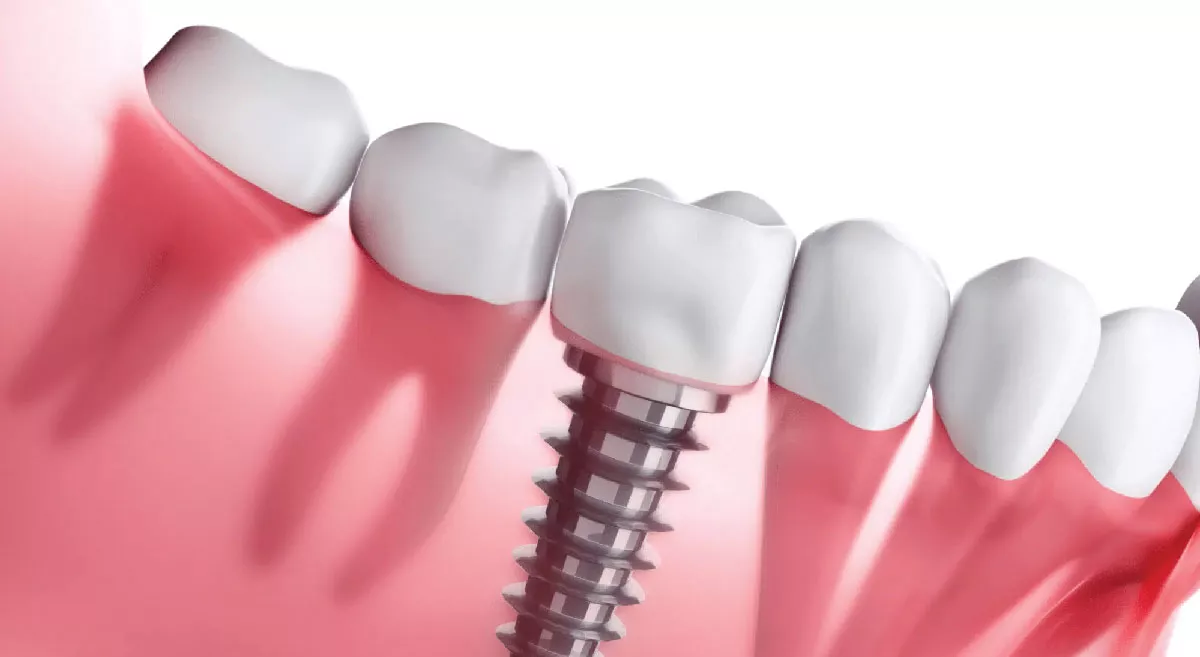Throughout the process, your dentist will make sure you’re as comfortable as possible. Many patients find the procedure is much easier than they expected, with little to no pain during or afterward.
Post-Treatment Care
After your root canal, your tooth will need a little time to heal. Here’s what to expect in the days following the procedure:
1. Minor Discomfort:
It’s normal to feel some mild soreness or sensitivity in the treated tooth, especially when chewing or touching it. This usually goes away after a few days, and over-the-counter pain relievers can help manage it.
2. Avoid Hard Foods:
For the first few days, try to avoid hard, chewy, or sticky foods on the treated tooth to give it time to heal. Stick to softer foods and be gentle when chewing.
3. Oral Hygiene:
Continue to brush and floss regularly, but be gentle around the treated area. Keeping the area clean is essential to prevent any infection.
4. Follow-up Appointments:
Your dentist may want to see you for a follow-up visit to ensure the tooth is healing properly and that no infection has returned. Most people feel back to normal within a few days, and with proper care, your treated tooth can last for many years!
Conclusion
A root canal may sound daunting, but it’s really just a way to save your tooth and keep your smile healthy. The procedure itself is straightforward, and modern techniques ensure it’s not as painful as many people fear. By understanding what to expect and following your dentist’s care instructions afterward, you’ll be back to normal in no time. Taking care of your teeth now can prevent bigger issues down the road, and with root canal treatment, you get to keep your natural tooth for years to come! List of possible Side Effects of a Root Canal Treatment :
1. Pain or Sensitivity
It’s normal to experience mild pain or sensitivity in the treated tooth for a few days post-procedure. This usually subsides with time.
2. Swelling and Inflammation
Some patients may notice minor swelling in the gums or jaw area around the treated tooth.
3. Infection
Though rare, there’s a slight chance of infection if bacteria persist or the filling wasn’t perfectly sealed.
4. Tooth Discoloration
Over time, the treated tooth may appear darker than the surrounding teeth due to changes in the internal structure.
5. Cracking or Fracture
A tooth that has undergone a root canal can become brittle and more prone to cracking without proper restoration, like a dental crown.
6. Allergic Reaction
Rarely, patients may have an allergic reaction to the materials used during the procedure (like latex or specific medications).
7. Prolonged Pain
In rare cases, lingering pain could indicate an issue, such as an incomplete cleaning of the root or inflammation in the surrounding tissue
8. Nerve Damage
Very rarely, the procedure might impact nearby nerves, causing numbness or tingling sensations.
Tips to Manage Side Effects
1. Pain or Sensitivity
- Take over-the-counter painkillers like ibuprofen or acetaminophen as directed by your dentist.
- Avoid chewing on the treated side until the pain subsides. Stick to soft foods for a few days.
2. Swelling and Inflammation
- Use an ice pack on the outside of your cheek near the treated tooth to reduce swelling.
- Gargle with warm salt water (1/2 tsp salt in a glass of warm water) to soothe the gums.
3. Preventing Infection
- Follow your dentist’s instructions for aftercare, including taking prescribed antibiotics if recommended.
- Maintain good oral hygiene by brushing and flossing gently around the treated tooth.
4. Tooth Discoloration
- Talk to your dentist about whitening treatments or veneers if discoloration occurs.
- Placing a crown after the procedure often prevents visible changes in the tooth.
5. Cracking or Fracture
- Protect the tooth by avoiding hard or sticky foods until your dentist completes the final restoration (like a crown).
6. When to See Your Dentist
- Persistent pain that lasts more than a week or gets worse.
- Visible swelling or pus, which may indicate an infection.
- Difficulty chewing or biting due to prolonged sensitivity.
Reassurance
Root canal treatments are highly successful and have been saving teeth for decades. While some side effects are common, they’re usually mild and temporary. Modern dental techniques have made the procedure much less painful and more efficient than it used to be. With proper aftercare and regular dental check-ups, your treated tooth can stay healthy and functional for years to come. Remember, the goal of a root canal is to save your natural tooth and eliminate pain—so don’t let fear hold you back!











